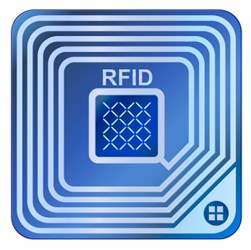GS1 Performance Protocol Aims To Standardize Tagged-Item Requirements

By Christine Kern, contributing writer

Standards group GS1 US has issued a new protocol outlining tagged-item requirements that assigns grades to EPC (electronic product code) ultrahigh-frequency UHF RFID tag specification and that standardizes testing. The Tagged-Item Performance Protocol (TIPP) guidelines appear in a set of four documents developed by GS1 US’s Item Level RFID Workgroup and are intended to simplify the process for both retailers and suppliers to test and identify the most appropriate tag for use for each product and use case.
Historically, performance requirements have been unique from retailer to retailer, with each using their own unique testing methodology and conducting their own testing to determine what works well in their environment. Since the testing is individualized, there are no universal guidelines in place in the retail/supplier community. With no standards, best practices, or guidelines in place, lists may vary from retailer to retailer, and may put undue operational costs and constraints on the supplier community.
The GS1 website explains the GS1 US Item Level RFID Workgroup collaborated to define performance that can be verified independently by retailers, suppliers, or a third party. The set of four documents in the TIPP guidelines include the following:
- Tagged Item Grading Overview — provides an overview of the tagged-item grading guideline
- Tagged Item Performance Protocol Grade Definition — defines the grade specifications
- Tagged Item Performance Protocol Test Methodology — presents the test procedure and measurement methods to qualify or establish the grade for a tagged item
- Tagged Item Performance Protocol Test Configuration — defines the orientation for various types of tagged items (which is critical for repeatable testing using the TIPP procedure)
It also provides flexibility for both retailers and suppliers, allowing retailers to set performance levels for their use cases using a simple tagged-item grade and allowing suppliers to adapt how they meet grade levels from multiple retailers.
According to RFID Journal, “The guidelines also help retailers share the results of their testing with others in the industry.” With retailers previously each conducting their own testing, this led to duplication of efforts among many retailers, suppliers, and logistics companies.
